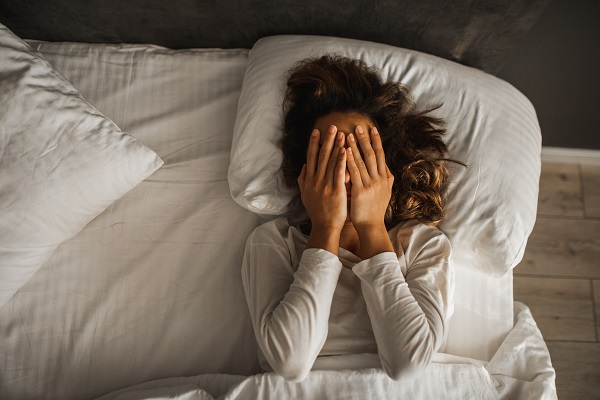-
We all know how important it is to get a good night’s sleep, but what’s really going on when the lights go out? We break down the five stages of sleep to find out.
Stage 1: Drifting off
Heavy eyelids and a droopy head are sure signs you’re drifting off into the first stage of sleep. Best compared to daydreaming, the Alpha state is a restful place most familiar to those who practice meditation. If you’ve ever woken to a sudden leg jerk or spasm it’s because during this stage we experience something called hypnogogic jerks. We can also experience hypnogogic hallucinations, the most common being a sensation of falling.
The first stage of sleep usually lasts 5-10 minutes with the average person taking 7 minutes to fall asleep.
Read more: 7 best sleep apps
Stage 2: Light sleep
During stage two our body temperature begins to drop and our heart rate starts to slow. We become disengaged from our surroundings and our brain activity becomes slower, with occasional bursts of rapid brain waves. In this stage our memory is ‘backed up’ and short-term memories can become long-term memories.
Light sleep lasts around 20-25 minutes.
Stage 3: Transitional
The transition from light to deep sleep happens during the third stage. Brain activity begins to slow and we become much more difficult to wake.
This stage can last between 20-40 minutes.
Stage 4: Deep sleep
Stage four is the deepest stage of sleep and the most restorative. Our muscles relax, breathing becomes rhythmic, tissue repairs and growth hormones are released to assist muscle development. This is usually the stage that sleepwalking and bed-wetting occurs.
Deep sleep lasts for 20-40 minutes, during which we’re extremely hard to wake.
Stage 5: REM (Rapid Eye Movement)
REM sleep is the dreaming stage of our cycle – it’s when our brains are most active yet our bodies paralysed. If woken during REM sleep, it’s likely we’ll remember our dreams. Muscle paralysis protects us from harming ourselves. If you’ve ever felt like you can’t run during a dream, it’s because you literally can’t.
The REM stage can last between 10-60 minutes.
Read more: Sleep paralysis: your questions answered
Contrary to what you’d suspect, our sleep stages don’t progress in a purely linear sequence. It begins with drifting off, then progresses to light sleep, before transitioning into deep sleep. After deep sleep we transition back to light sleep before beginning REM sleep. After REM, we usually return to light sleep. This cycle goes on approximately 4 or 5 times throughout the night.
Typically REM sleep happens 90 minutes after falling asleep. The first cycle of REM is short and gets longer with each cycle, which means our deep sleep happens at the beginning of the night. This is why it’s important to have long periods of sleep, to get through all stages, so our bodies can rejuvenate and stay healthy.
What really happens during each stage of sleep?

-
Eat for your eyes
Some of our favourite foods to help keep your eyes healthy.
-
How is ‘phubbing’ hurting your relationships?
Here’s how to stop phubbing and be more mindful of your phone habits, to help improve face to face interactions with your family and friends.
-
Are the winter blues real?
Simple ways to boost your mood in winter.
-
Mental fitness explained
Just as you work to strengthen your body, your mental health deserves attention and exercise too.
-
The link between stress, anxiety and jaw pain
Physiotherapist Michael Chan explains how stress and anxiety can cause jaw pain, and how to help get some relief.
-
When you can't sleep next to your partner
You love everything about them – except their sleep habits.
Subscribe to receive the best from Live Better every week. Healthy recipes, exercise tips and activities, offers and promotions – everything to help you eat, move and feel better.
By clicking sign up I understand and agree to Medibank's privacy policy





.jpg)
